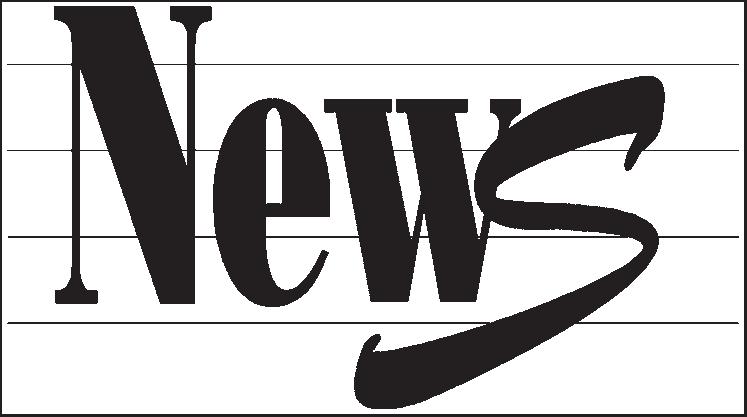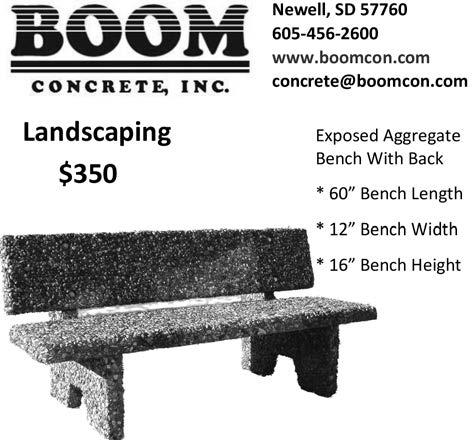
7 minute read
Risk-Sharing News
Risk-Sharing
Spring/Summer Safety Checklist
Advertisement
Spring has finally arrived and everyone is rapidly gearing up for another busy season at work and at home. Most supervisors agree that the to-do list continues to grow, creating an ever-increasing challenge to get everything done in a shorter period of time, often with the same number or fewer employees. During these busy times don’t forget the importance of safety and loss control. Safety and production are of equal importance. Don’t get caught up by watering down the importance of safety because of the growing demands placed on supervisors and employees to get the job done. Safety should be a value for your employees but making it a priority becomes even more important during the busiest of times.
Don’t forget about off-the-job safety too. Employees should take home the safety lessons that they learn at work and incorporate them both on and off-the-job. Make spring/summer a safe time for everyone.
Let’s take a look at a few issues that need to be addressed:
Safety Orientation for Seasonal Employees
For many seasonal employees, this is their first “real” job. Some are possibly going to be returning for the second or third summer. Others are going to be “retirees” who want to have something to “occupy their time” for a few hours each week. Take the time to make sure that each is going to be successful in their assigned jobs, but more importantly that they are safe while doing them. Each year a number of seasonal employees are injured on the job.
Start seasonal employees out right by providing them with safety orientation training. Employees need to know how to safely perform each of the job duties that they are going to be assigned. Additionally make sure that they are told what personal protective equipment they are required to wear and demonstrate to them how to properly use the various pieces of PPE. Each seasonal employee, regardless of whether they are new or returning, should be provided with a copy of your written safety rules and be allowed time to read them and ask any questions that they might have. They should also sign a statement stating that they have done this. The rules may be the same as last year but that was a year ago and we tend to forget things as time goes by.
Supervision of Employees
Written rules and safety orientation are not always enough to ensure that employees will work safely. It is equally important that supervisors take the time to observe all employees at work, especially seasonal employees. At different times while performing safety audits, we have observed employees taking short cuts by not wearing the proper personal protective equipment or not following acceptable safe work practices. If they cut corners today and nothing happens, you can almost bet that they will repeat the unsafe act in the future. Remember many of these employees have not had much experience in performing many of the job tasks that they have been assigned. Often new or inexperienced employees are reluctant to ask for assistance because they do not want others to think that they can’t handle the job. As a supervisor, don’t wait for something bad to happen, work with and observe employees to make sure they are doing the job safely.
Safety/Toolbox Meetings
Most of us have the best of intentions when it comes to safety meetings. The problem is time or more often the lack of it. Granted, it is difficult to squeeze in safety meetings when everyone is busy. Don’t overlook the importance of “tailgate” or “toolbox” meetings during those busy times. Take a few minutes and review the basics of safety and the potential for liability for the various tasks your employees are about to perform. A 10-minute talk today can make a big difference.
Is safety and loss control a priority in your organization? If you just answered yes, would all of your employees agree with you? If not, maybe you need to review your priorities. Safety will ultimately save you time and money.
Work Zone Safety
Unfortunately every year a number of workers and motorists are severely injured or killed in work zone crashes. Your #1 priority should be the safety of your employees and the motorists traveling through these zones. Another part of the equation is protecting your entity from potential lawsuits. The “Manual on Uniform Traffic Control Devices” clearly defines the proper use and location of signs, cones and barricades for work zones. These are the standards that will be used to determine whether you properly warned motorists in the case of any motor vehicle crash or injury sustained in one of your work zones. The MUTCD also states that the employees working in the right-of-way shall wear performance class 2 or 3 safety apparel that meets ANSI Standards. Too many
times we hear the excuse, “we were only going to be working in the area for a short period of time and by the time we would set everything up, we could be done.” How far do you think that excuse will go in Court? Make sure that your crews are following the MUTCD whenever they are working on your streets or roads.
Special Events
Many communities host special events, especially during the summer months. While it will be great to have hundreds and maybe even thousands of visitors coming into your community, it will also increase your potential liability as well. Volunteer groups have probably been meeting for some time now looking for ways to entertain those who will be coming to town. Unfortunately volunteer groups do not always think about the potential liability exposures some of these events can create for you. If you have not already done so, we suggest developing a special events checklist to help make sure that these events are properly covered for indemnity, they are as safe as possible for those in attendance and you minimize the potential liability exposures for your entity. Many of these special events will necessitate that you obtain hold harmless agreements and certificates of insurance naming your city as an additional insured from various vendors and participants. The South Dakota Public Assurance Alliance can provide you with a sample Special Events packet to assist you with these efforts. Go to www.sdpaaonline.org and check out the samples that they have available online.
Playground Equipment
Each year approximately 75% of the injuries sustained on playground equipment are the result of falls from the equipment to the surface below. Now is a good time to make sure that there is sufficient cushioning material beneath and around your equipment to protect a child from a fall. In addition to cushioning material, adequate fall zones also need to be established around your equipment. Most cushioning material requires frequent maintenance to make sure that it can still provide the proper cushioning protection to the users of your equipment.

Now is also a good time to conduct a documented inspection of each piece of playground equipment in your parks. Make sure that the equipment is in good condition and that there are no broken or missing pieces. Make sure that you check equipment for wear, loose bolts and potential entanglement, protrusion and entrapment hazards. It is important to continue these documented inspections for the rest of the summer months. If you can produce a document stating that you inspected the equipment on a regular basis, there is a much better chance of defending your community in a lawsuit.
The US Consumer Product Safety Commission has developed a very user-friendly publication entitled, “Handbook for Public Playground Safety”, to assist entities with playground safety issues. A copy of the handbook is available on the SDPAA web site at www.sdpaaonline.org.
If you are installing new playground equipment make sure the equipment meets the CPSC guidelines and the ASTM standards for public playgrounds. Too often groups with good intentions donate or purchase playground equipment that does not meet these guidelines and standards. This can put your community at risk for civil liability if someone is injured on equipment not meeting these guidelines and standards. Whenever you install new equipment or alter existing playgrounds you now must meet the ADA standards. Your playground equipment vendor should be able to assist you to make sure your entity is in compliance with the equipment you purchase and the ADA standards for public playgrounds.
There are many more areas that we could have touched on in this article. Our goal is to assist you in making the workplace as safe as possible for your employees and at the same time help you reduce the potential liability exposures for your entity. For further assistance please feel free to contact us at 888-313-0839. Have a safe and happy spring and summer.
Doug Kirkus Loss Control Consultant South Dakota Public Assurance Alliance SDML Workers’ Compensation Fund dkirkus@safety-benefits.com










